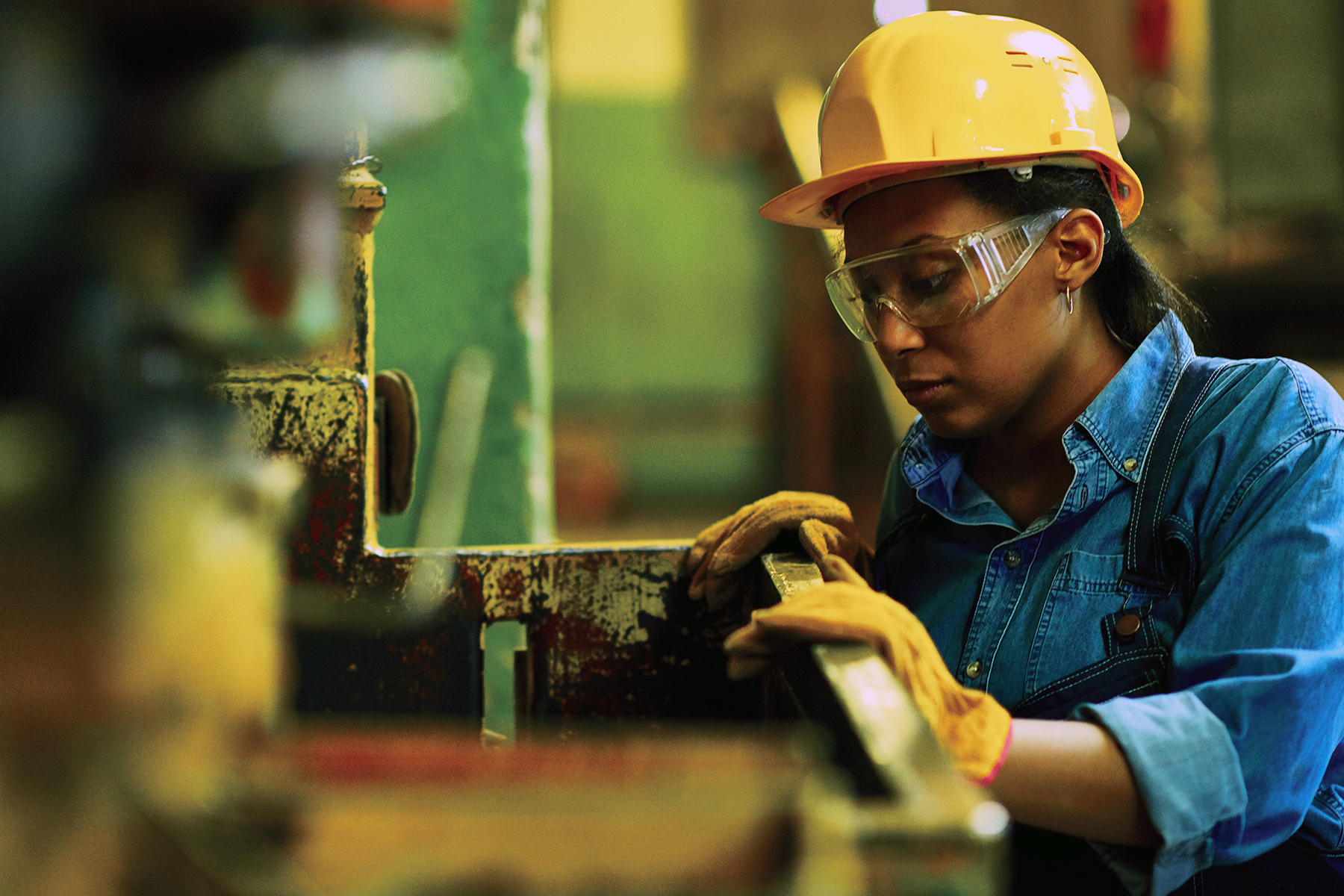Personal protective equipment, or PPE, is designed to protect workers from serious workplace injuries or illnesses resulting from contact with chemical, radiological, physical, electrical, mechanical, or other workplace hazards. Besides face shields, safety glasses, hard hats, and safety shoes, protective equipment includes a variety of devices and garments such as goggles, coveralls, gloves, vests, earplugs, and respirators.
Employers must assess their workplaces to determine if hazards are present that require the use of personal protective equipment. If such hazards are present, you must select protective equipment and require workers to use it, communicate your protective equipment selection decisions to your workers, and select personal protective equipment that properly fits your workers.
Employers must also train workers who are required to wear personal protective equipment on how to do the following:
- Use protective equipment properly,
- Be aware of when personal protective equipment is necessary,
- Know what kind of protective equipment is necessary,
- Understand the limitations of personal protective equipment in protecting workers from injury,
- Put on, adjust, wear, and take off personal protective equipment, and
- Maintain protective equipment properly.
For more information, see OSHA’s PPE Fact Sheet.

